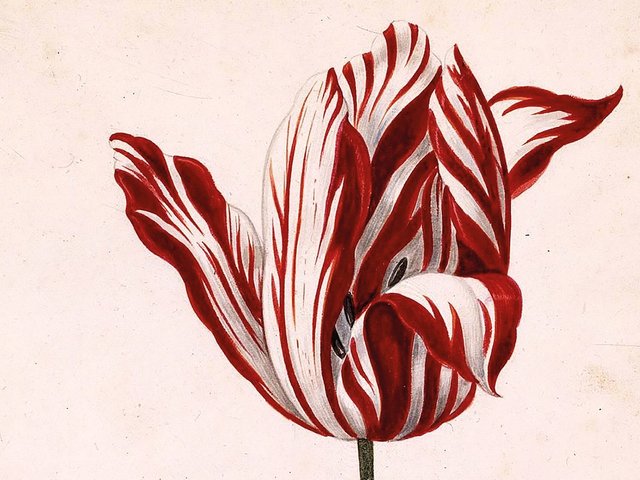It has been said there can be no romance without finance, but at a forthcoming New York City seafood restaurant there will be no fish without fintech. Flyfish Club, an eatery the VCR restaurant group plans to open in early 2023 at an unannounced location that “has iconic views of New York City”, per a promo video, will require guests to show proof of membership in the form of an NFT (non-fungible token) in order to enter. Though it is being marketed as the world’s “first NFT restaurant”, once inside members will be expected to pay US dollars to consume fungible fish.
The memberships come in two tiers, with standard membership tokens sporting an artistic rendering (uncredited) of a handsome yellowfin tuna, while the more exclusive tier giving the member access to the club’s private omakase room features tokens with renderings of various sushi and sashimi dishes that will presumably be offered therein. The first drop of 1,151 memberships sold out within hours, while another 350 were gobbled up in a private sale in December, according to Nation’s Restaurant News. Standard memberships, priced in Ethereum, were initially sold for ETH2.5 (around $7,900), while omakase memberships were offered for ETH4.25 (around $13,485).
Flyfish Club memberships are now trading like hot crabcakes on—appropriately enough—OpenSea. One omakase membership token resold on 7 January for ETH10.49 (around $35,980), the highest secondary market price for a Flyfish Club membership as of this writing.
Unfortunately, the enormous energy consumption required by each transaction using Ethereum—the cryptocurrency of choice in the NFT market—means Flyfish Club members’ token-buying frenzy could eventually leave them with a fairly limited menu. The world’s oceans have absorbed around 93% of the excess heat generated by greenhouse gas emissions in the last half-century, contributing to rising sea temperatures and an increase in marine heat waves, resulting in great threats to the world’s fish stocks—by one estimate, the potential catch in tropical waters could drop by 40% by 2050. Seafood-loving crypto investors who want to keep eating yellowfin tuna for decades to come may want to skip this NFT feast.





